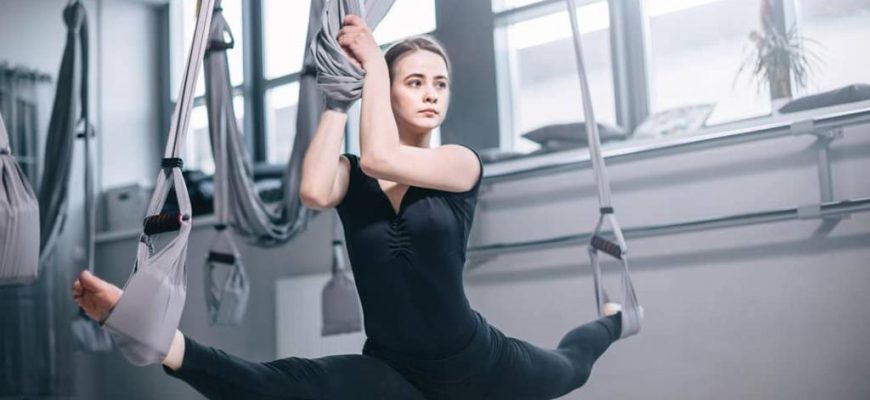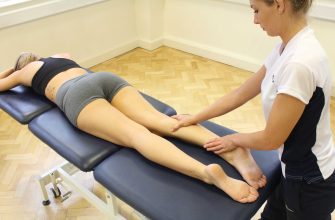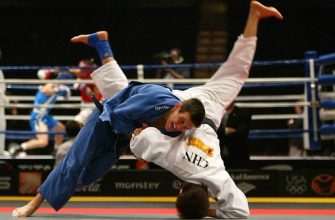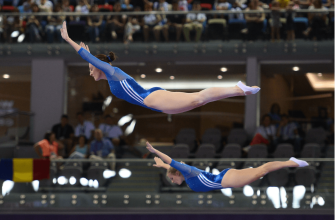Contents
1. History and Origins of Stretching
Stretching has ancient roots across multiple cultures:
- Prehistoric Times: Early humans instinctively stretched upon waking (similar to modern animals)
- 3000 BCE: Yoga origins in India incorporated structured stretching
- Ancient Greece (500 BCE): Athletes used stretching in Olympic training
- 19th Century: Stretching became part of military training in Europe
- 1970s: Scientific study of stretching began, distinguishing between static and dynamic forms
2. Types of Stretching
- Static Stretching: Holding positions (30+ seconds)
- Dynamic Stretching: Movement-based stretches
- PNF (Proprioceptive Neuromuscular Facilitation): Partner-assisted stretching
- Ballistic Stretching: Bouncing movements (controversial)
- Active Isolated Stretching: 2-3 second holds with repetition
3. Benefits of Stretching
Physical Benefits:
- Increases flexibility and range of motion
- Improves posture and alignment
- Enhances blood circulation
- Reduces muscle stiffness and soreness
- May prevent exercise-related injuries
Mental Benefits:
- Promotes relaxation and stress relief
- Increases body awareness
- Can improve sleep quality
4. Potential Drawbacks
- Overstretching Risk: Can lead to muscle strains
- Performance Reduction: Static stretching before power activities may decrease strength
- Time-Consuming: Requires consistent practice for lasting effects
5. Recommended Stretching Routine
- Frequency: Daily (especially after workouts)
- Duration: 10-30 minutes per session
- Ideal Times:
1.Dynamic stretches before exercise
2.Static stretches after exercise
3.Separate flexibility sessions 2-3x/week
Sample Routine:
- Neck Rolls (2 minutes)
- Arm Circles (1 minute each direction)
- Cat-Cow Stretch (2 minutes)
- Hamstring Stretch (30 seconds each leg)
- Quad Stretch (30 seconds each leg)
- Child’s Pose (2 minutes)
6. Special Considerations
- Warm up first: Light cardio before stretching cold muscles
- Avoid Bouncing: Especially in static stretches
- Pain vs. Discomfort: Stretch to tension, not pain
- Age Factors: Older adults may need longer hold times
7. Scientific Developments
Modern research shows:
- Dynamic stretching is superior for athletic warm-ups
- Chronic stretching (regular practice) provides more benefits than acute sessions
- Stretching may help with chronic pain management
Final Thoughts
Stretching is one of the most accessible forms of exercise with benefits for both physical and mental health. Whether as part of a workout routine or standalone practice, regular stretching can significantly improve quality of movement and overall wellbeing.







